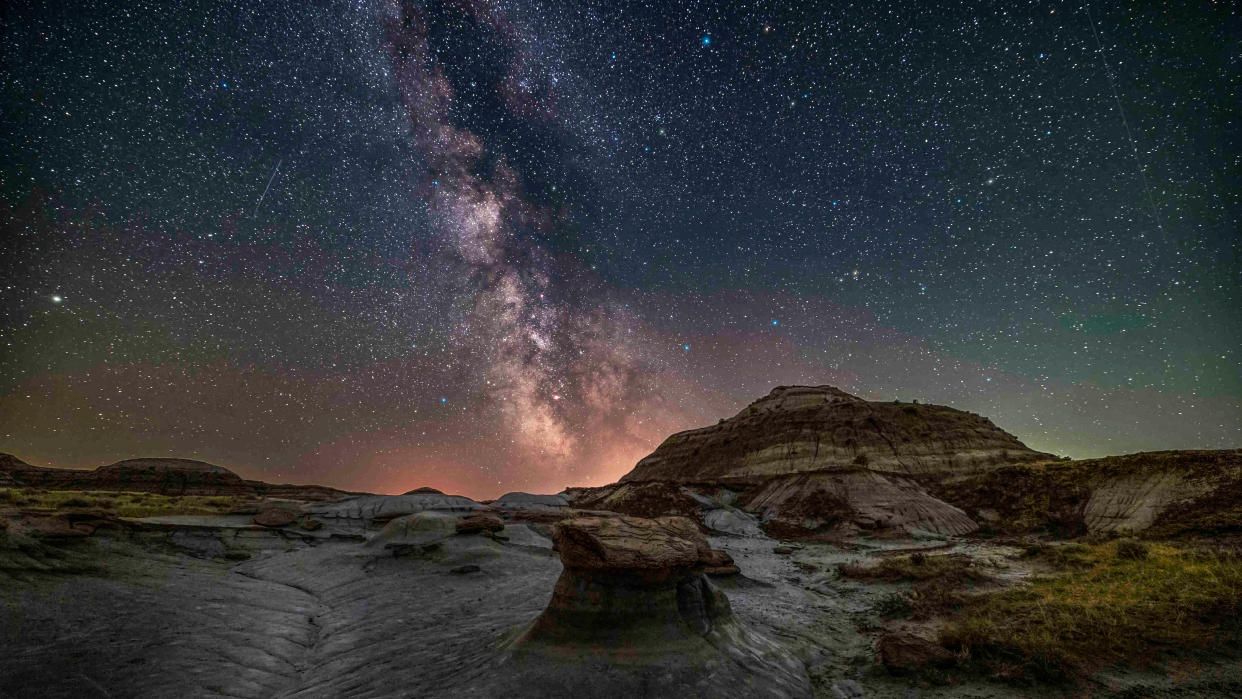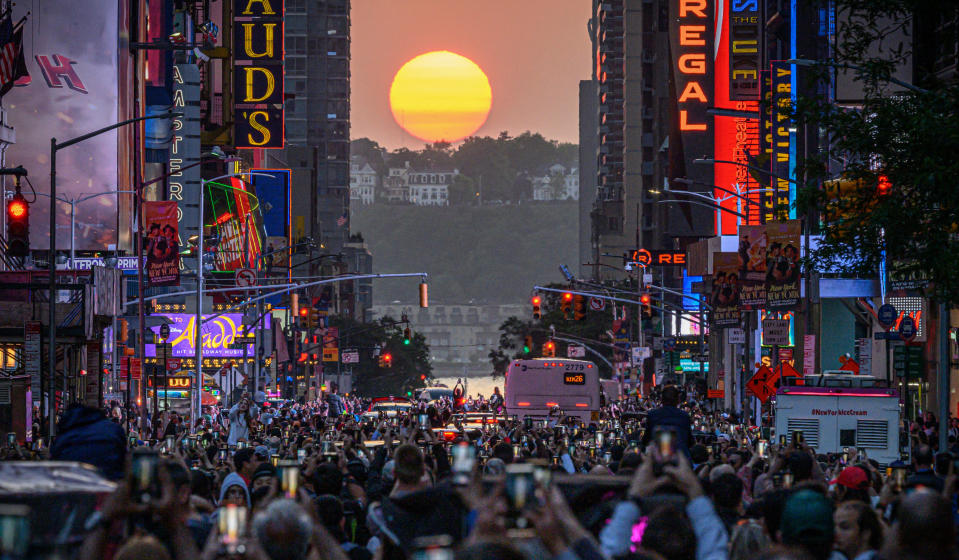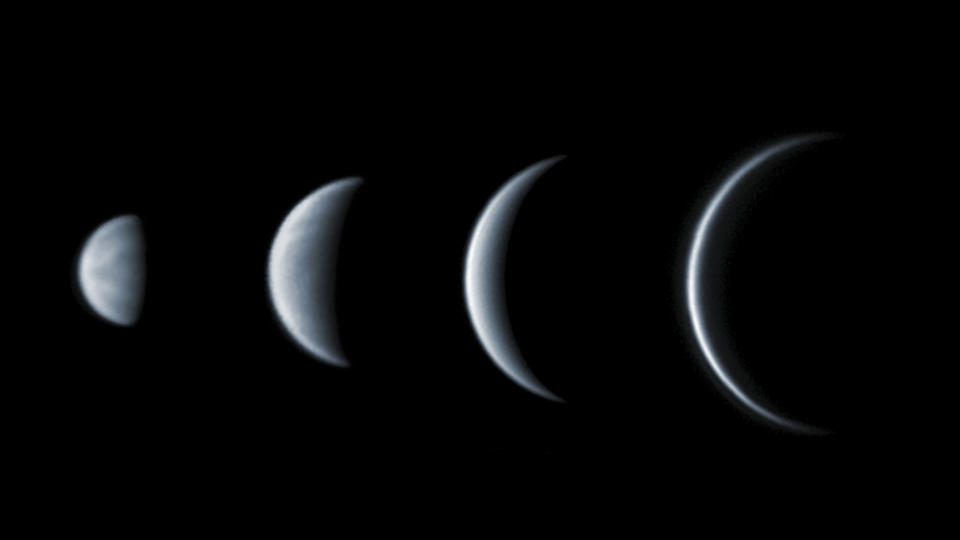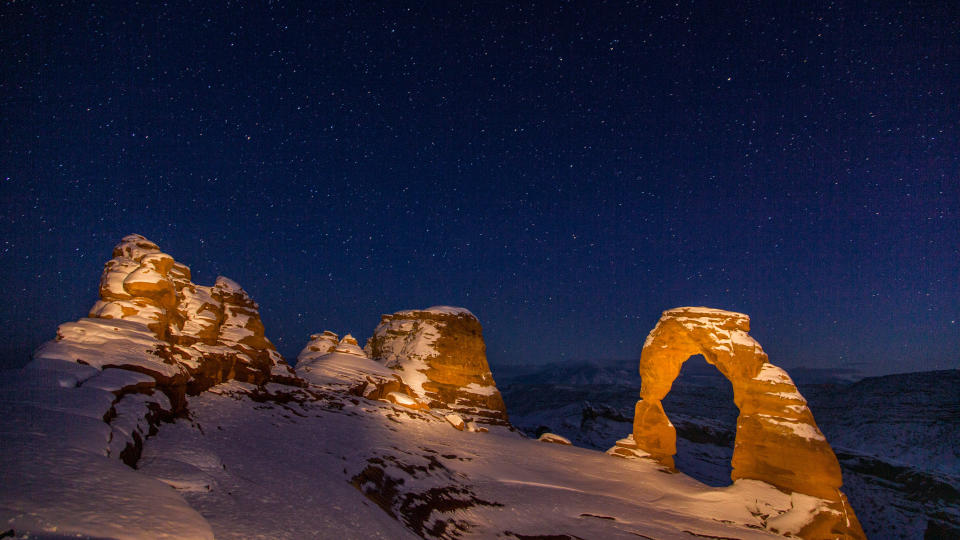Astrophotography in July 2023: what to shoot in the night sky this coming month

With little or no astronomical darkness at the start of July in northern latitudes, some astrophotographers might think this month is a write-off for creating night sky images. Not so! July is one of the best few months of the year to get the Milky Way high in the sky as seen from the northern hemisphere – and, crucially, its bright center – while July’s full ‘Super Buck Moon’ is one of the brightest yet lowest-hanging of the year.
Add plenty of conjunctions between the planets and the moon, the year’s first so-called supermoon, the peak of the Delta Aquariids meteor shower and 2023’s second ‘Manhattanhenge’ for New Yorkers and there’s plenty more to get excited about for astrophotographers in July 2023.
Read: The beginner's guide to photographing the night sky
July 2-3: a full ‘Super Buck Moon’
Everyone knows that the sun reaches its highest in the sky as late June’s solstice, but have you ever thought about the moon? Since a full moon is opposite the sun with respect to Earth it follows that the ‘Buck Moon’ will be the lowest full moon of the year. It will also be the first of four supermoons, though detecting a slightly larger (because it’s closer) full moon with your eye is almost impossible. Perhaps more importantly it will rise at its most southeasterly point of the year as seen from the northern hemisphere, which may bring some novel opportunities to catch that all-important moment as it appears on the horizon next to an interesting foreground object. Check your local moonrise time and the PhotoPills app and line up the appearance of the ‘Buck Moon’ with something interesting – a building, a mountain or a monument – for an unforgettable image. Note that although it technically turns full on July 3, it will rise closest to sunset on July 2.
Read: How to photograph the full moon
July 12 and 13: ‘Manhattanhenge #2

For two sunsets in a row a few weeks on either side of the summer solstice the sun sets in between skyscrapers on was-west streets in Manhattan, New York City. It’s possible because the city streets on the grid are aligned with the cardinal points – and June 21’s solstice saw the sunset at its most northwesterly point before reversing. Dr. Jackie Faherty at the American Museum of Natural History calculates that on these times you can see the phenomenon, though it’s subtly different on each night:
Read: Night photography techniques, tips and tricks
Sunday, July 9: Venus shines brightest

Venus has been hanging about in the post-sunset twilight for all of 2023, but that’s about to end. It’s ironic that it looks its brightest as it retreats to a slim crescent (it’s just 25%-lit this week) – which is due to its reflective cloudy atmosphere. Catch it before it sinks into the sun’s glare later this month, preferably using a high frame rate camera on a telescope to capture it as a crescent.
Read: The best cameras for astrophotography
July 10: July’s dark sky window opens
Today it’s Last Quarter (or Third Quarter) Moon, which sees our satellite half-lit from our point of view and rising after midnight. That leaves the night skies free of moonlight, which is perfect for close-up astrophotography. It’s an ideal time to get out and photograph the Milky Way, though some crescent moonlight can be helpful in slightly illuminating foregrounds. Check a moon phase calculator when planning any landscape astrophotography trip – this next week will have a waning crescent moon in the southeastern sky shortly before dawn.
Read: The best lenses for astrophotography
July 17: New Moon & Perseids
As well as being the date of the New Moon – the darkest night of the month – it’s also the start of the annual (and prolific) Perseid meteor shower. The peak night isn’t until August, but you may start seeing sporadic ‘shooting stars’ while out at night.
Read: How to photograph the stunning Perseid meteor shower
July 19-21: Planets and a crescent moon
With Mars and Venus sinking out of view and Mercury rising this week brings one last good chance to capture the gorgeous sight of bright planets around a slim crescent moon right after sunset. On Wednesday the crescent moon will be just 5% illuminated and close to Venus while by Friday it will be 15% illuminated and aligned with all three planets.
Read: When to photograph the moon
July 29 and 30: Delta Aquariids meteor shower peak
About 25 meteors per hour may be possible around midnight tonight as this relatively minor meteor shower peaks, but since the moon will be very bright it’s not going to be easy. Still, it can’t hurt to leave a camera in the backyard to take a few hours' worth of long exposures – you might just catch a ‘shooting star’.
Read: How to photograph a meteor shower
Wide-angle shot of the month: The Milky Way’s galactic core

The Milky Way’s bright core around the constellation Sagittarius is only visible at certain times of the year, but you also need darkness. So head out somewhere really dark – using a light pollution map or choosing a Dark Sky Park or a Dark Sky Discovery Site – bearing in mind that some major National Parks that are also Dark Sky Parks now ban the use of light painting to illuminate foregrounds and rock formations at night. Once you’re in place use PhotoPills, which has a useful Night AR feature that overlays the Milky Way onto what you can see – and also shows how it will move during the night.
Read: How to photograph the Milky Way
Settings will depend on your lens and camera, but with a full-frame camera on a tripod wearing a wide-angle lens (14mm or so) you’ll want to begin experimenting in manual mode with about ISO800-3200 and a shutter speed of about 25 seconds. If you want to go any longer than that to get more details and color from the core of our galaxy you’ll need to enter the world of star tracker camera mounts.
Read more:
Astrophotography: How-to guides, tips and videos
Astrophotography tools: the best camera, lenses and gear
The best star tracker camera mounts
The best light pollution filters

